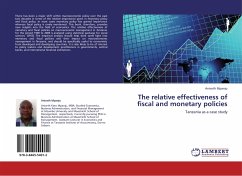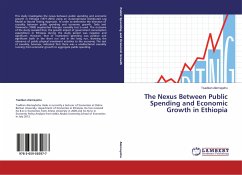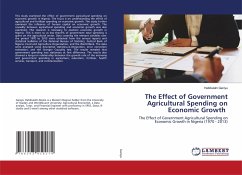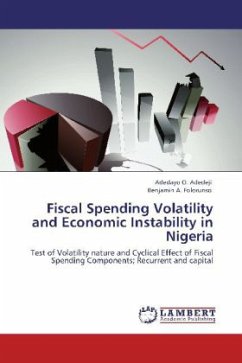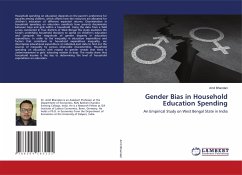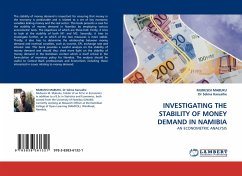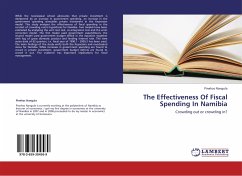
The Effectiveness Of Fiscal Spending In Namibia
Crowding out or crowding in?
Versandkostenfrei!
Versandfertig in 6-10 Tagen
32,99 €
inkl. MwSt.

PAYBACK Punkte
16 °P sammeln!
While the neoclassical school advocates that private investment is dampened by an increase in government spending, an increase in the government spending stimulates private investment in the Keynesian model. This study analyses the effectiveness of fiscal spending in the context of crowding out/in hypothesis for Namibia. Two models have been estimated by analyzing the unit root test, co-integration test and the error correction model. The first model used government expenditures, the second model used government budget deficit in the equation together with log of gross domestic product and len...
While the neoclassical school advocates that private investment is dampened by an increase in government spending, an increase in the government spending stimulates private investment in the Keynesian model. This study analyses the effectiveness of fiscal spending in the context of crowding out/in hypothesis for Namibia. Two models have been estimated by analyzing the unit root test, co-integration test and the error correction model. The first model used government expenditures, the second model used government budget deficit in the equation together with log of gross domestic product and lending interest rate. The time series data of 62 quarters, i.e. fiscal year of 1990:1 - 2005:2 has been used. The main findings of the study verify both the Keynesian and neoclassical views for Namibia. While increases in government spending are found to crowd in private investment, government budget deficits are found to crowd it out. The evidence has important implications for fiscal management.




